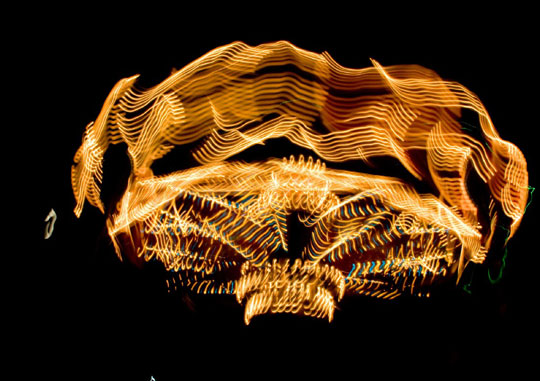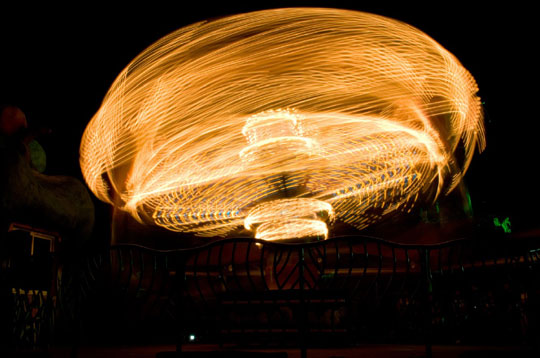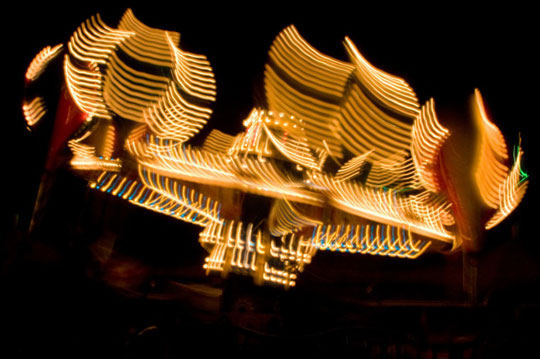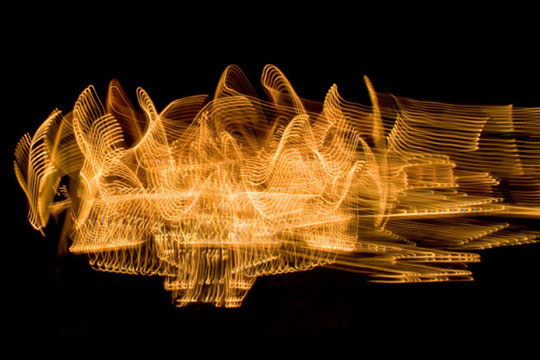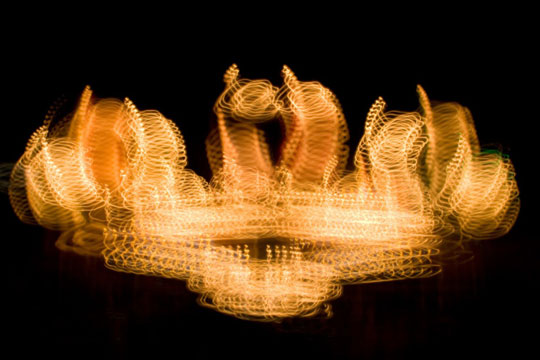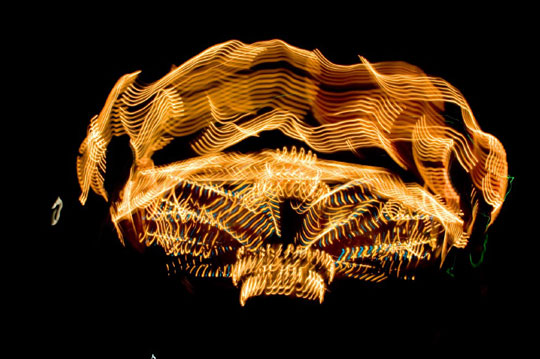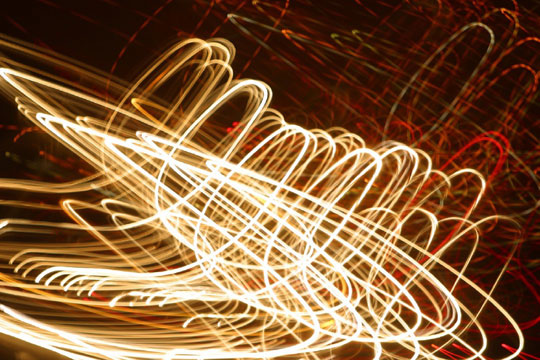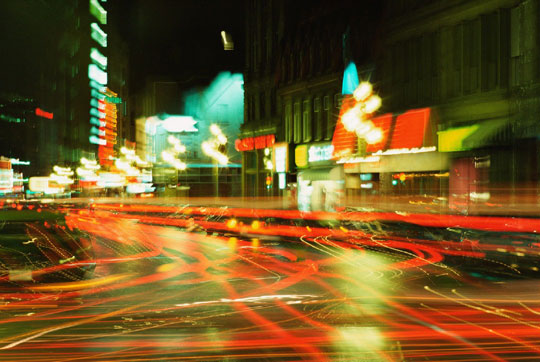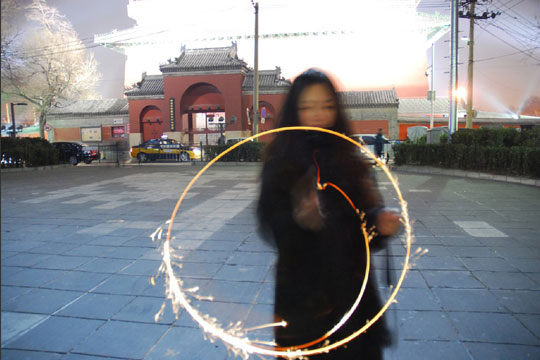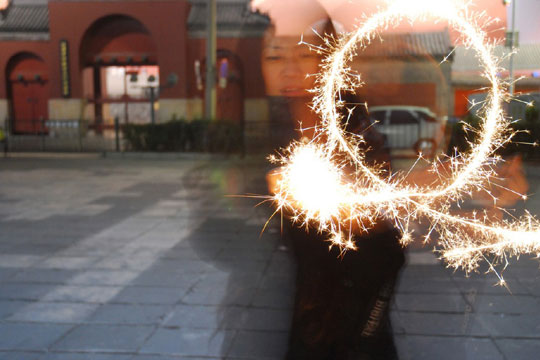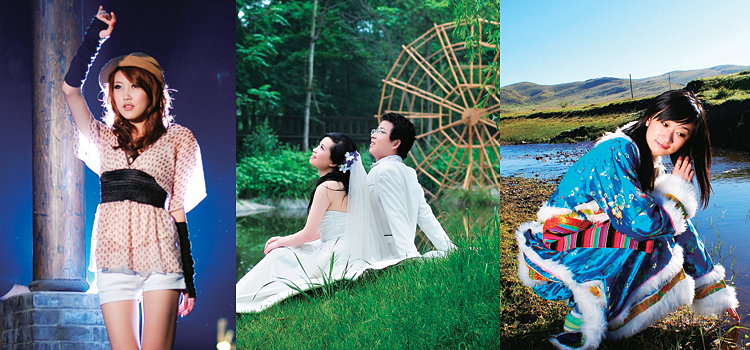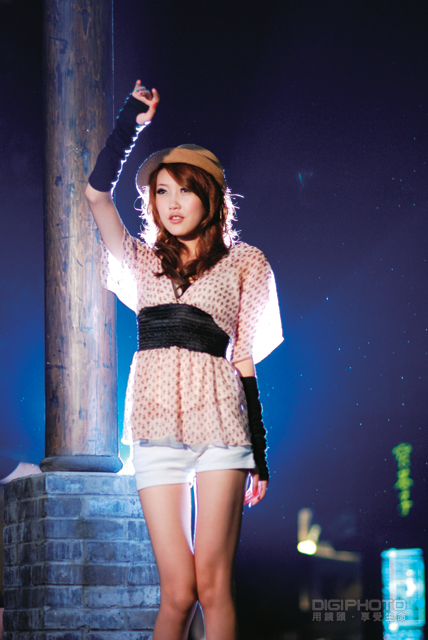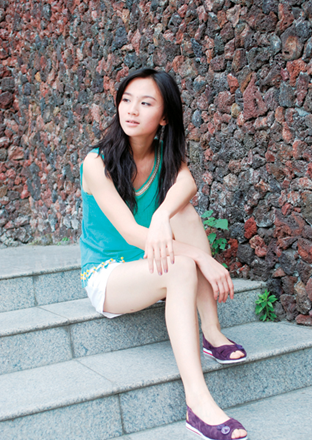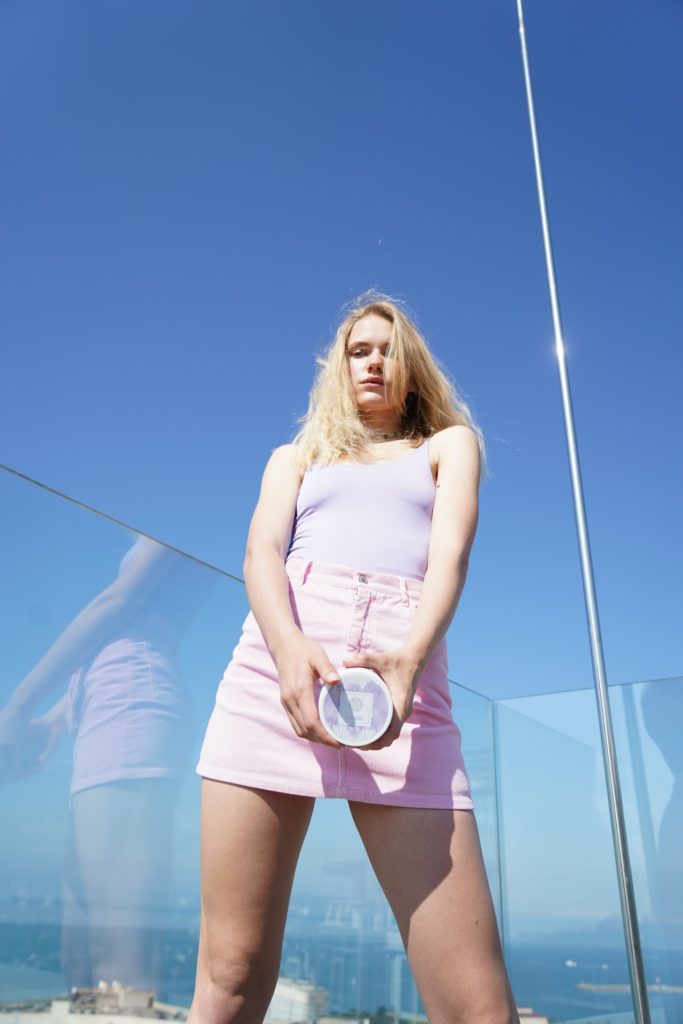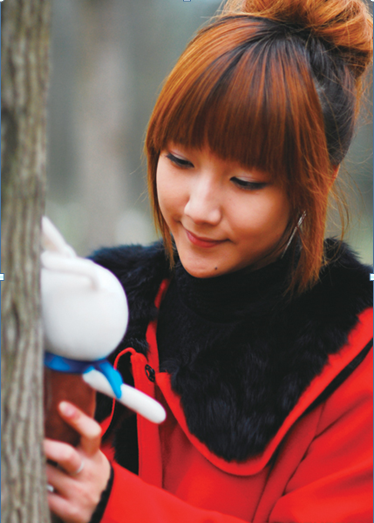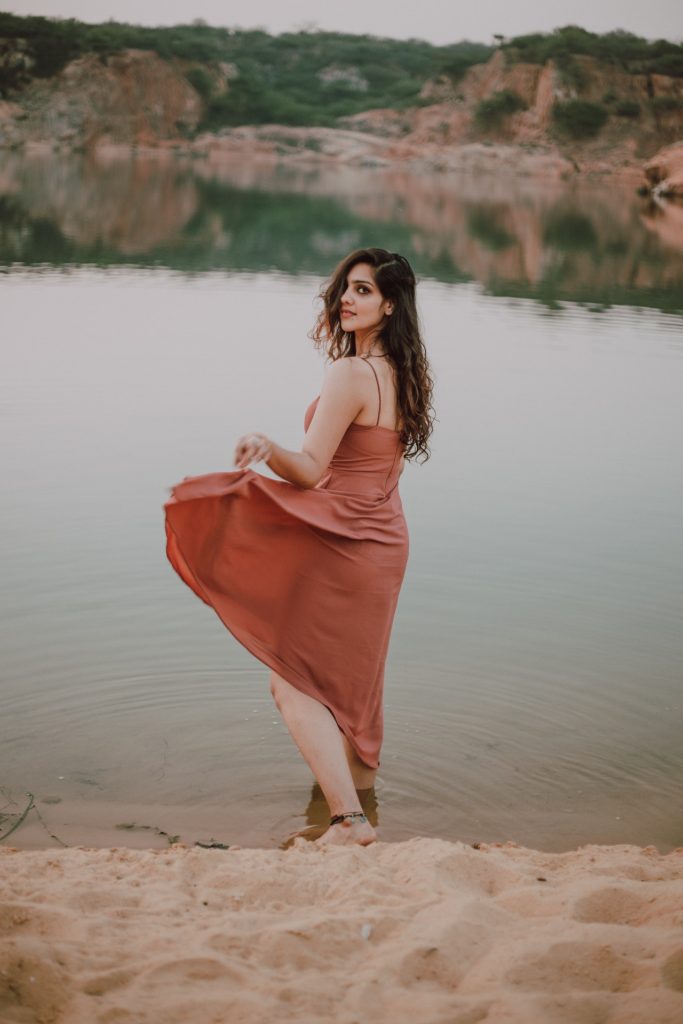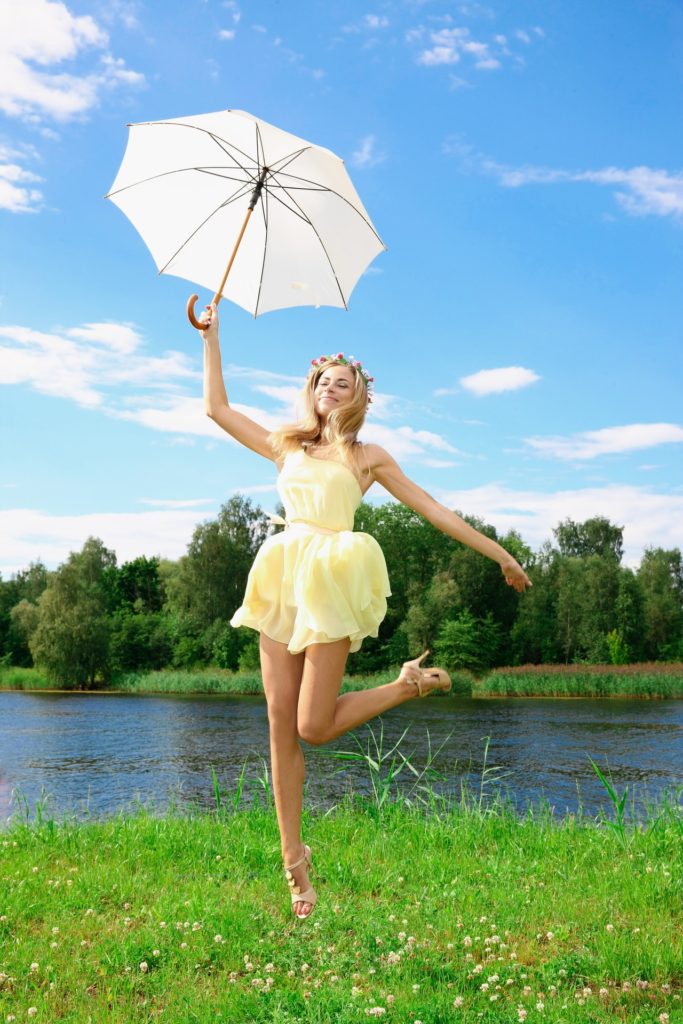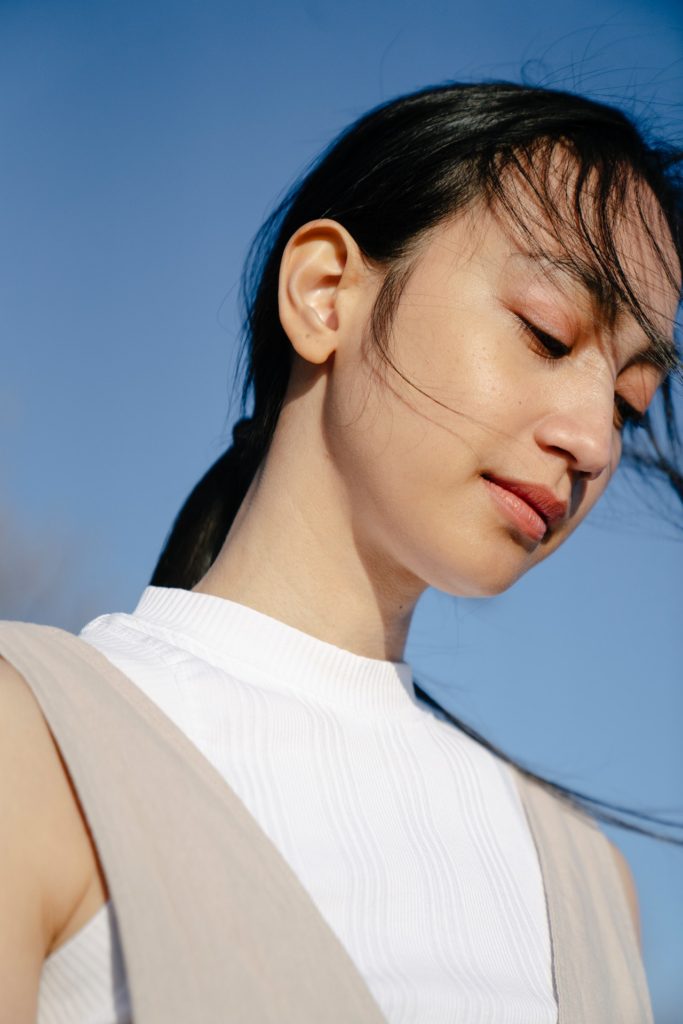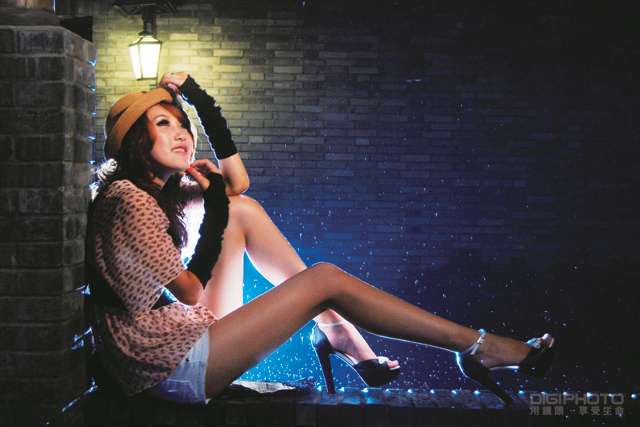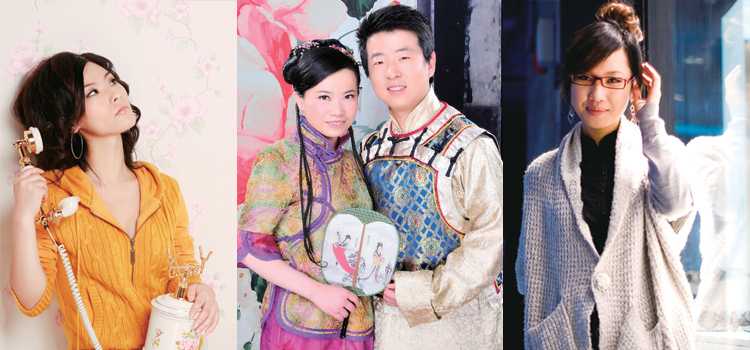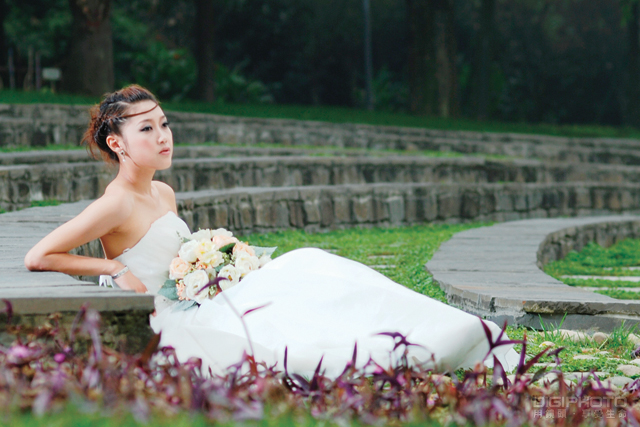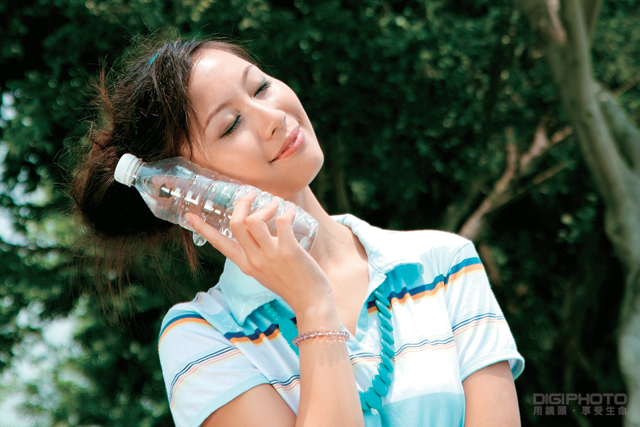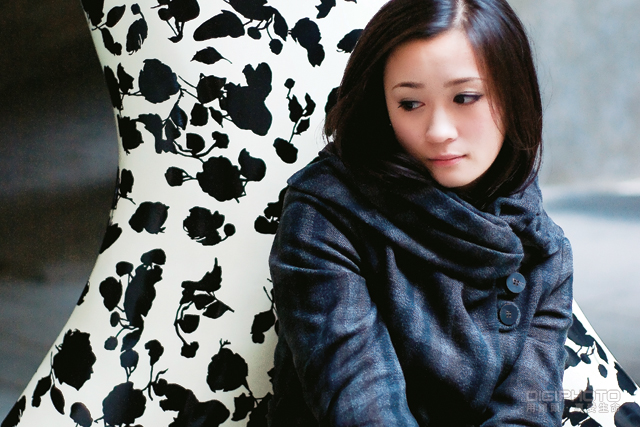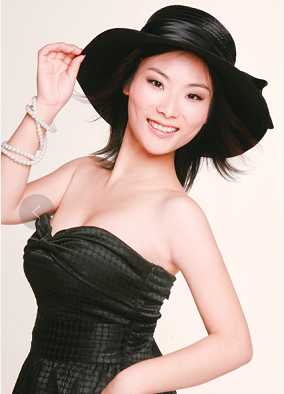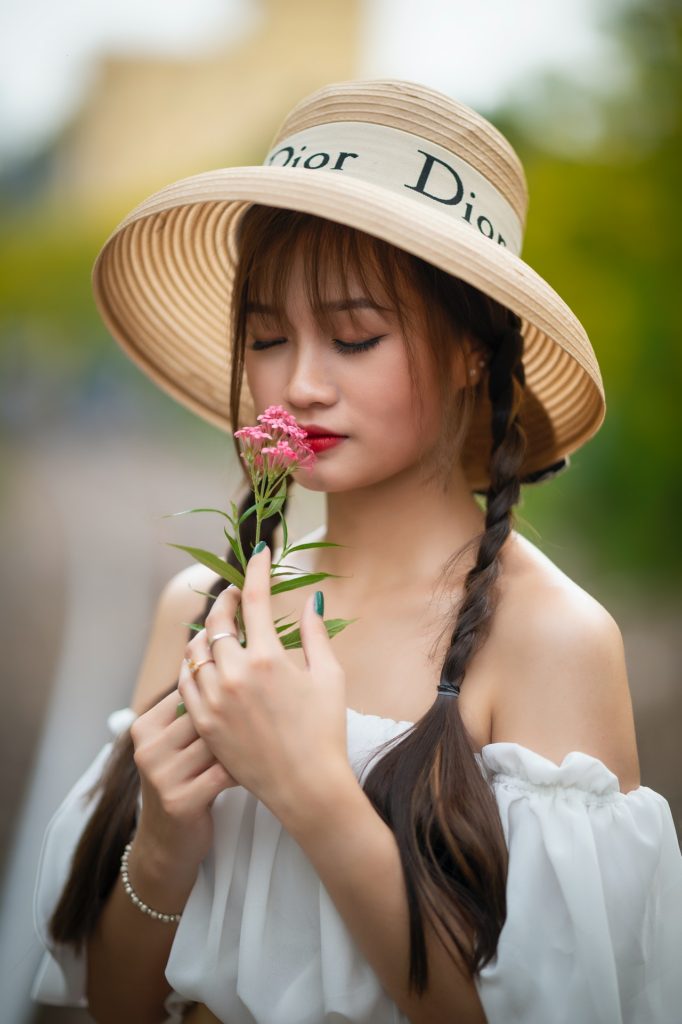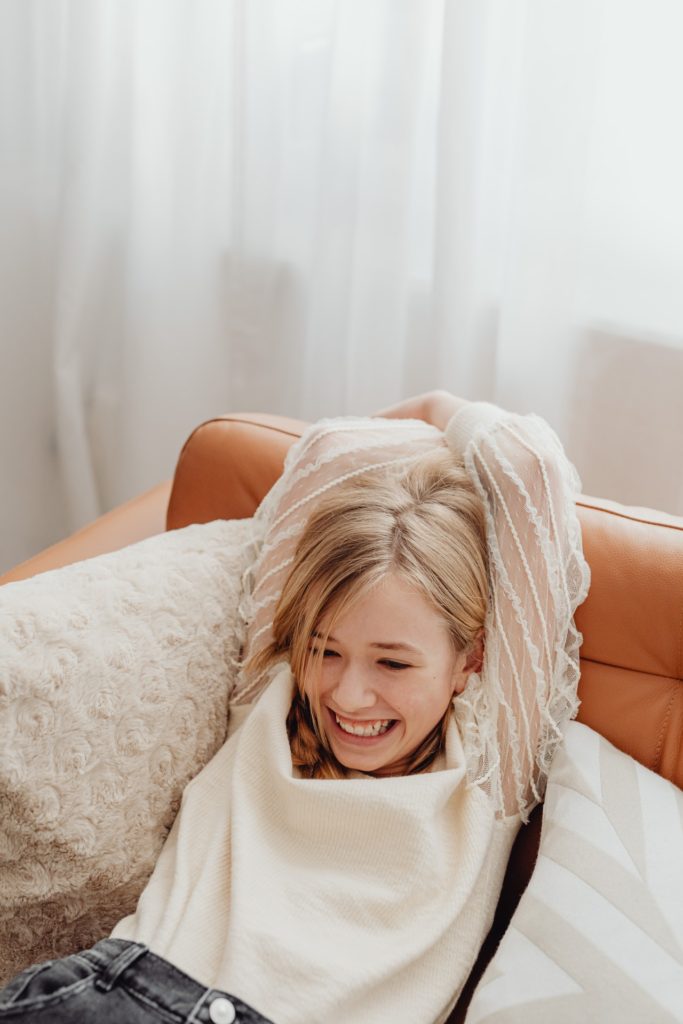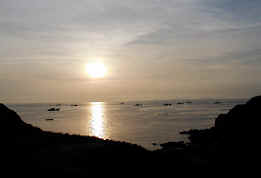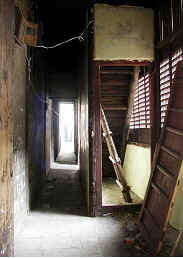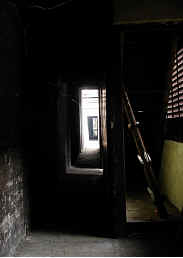In the photography industry, a term we often talk about is “photography style”. What is “photographic style”? In fact, your photographic works are highly recognizable, and you have your own unique set of propositions in terms of color, composition, and post-processing.
Therefore, as a portrait photographer, you must have your own style, so that it will be easier for people to remember. But for the majority of photography enthusiasts, a lot of practice is important. Today we are going to talk with you about the topic of “photography style”.
How to Make Your Photos Unique?
People often ask this question: What is the most important thing to take a good portrait photography?
Regarding this question, I think every photographer will have a variety of answers. Some people may say that since it is a portrait, the most important thing is special. With a good model, the work is 80% successful. Some people will say that the most important thing is lighting, because photography itself is a game of light and shadow.
And I think that the most important thing for an attractive portrait photography is to have emotions and have the photographer’s own aesthetics and ideas. This is also the decisive factor that determines whether your photo has a distinctive style and distinguishes it from other photos of the same kind.
How to Develop Your Own Style?
Style refers to the uniform characteristics of a work of art that are externally expressed.
We can classify a photo into a certain style through the surface information of a photo. And what really determines the style is actually the interior of the work, the photographer’s unique and distinctive expression of aesthetics.
Aesthetics is simply what you like and hate.
Do you like portraits with accurate exposure, rich details, sharp inside focus, and oily outside tar, or photos with dim and soft backlighting, looming, interlaced light and shadow? It depends on your heart and not others.
To Find Your Own Style, You Must First Abandon the Herd Mentality
What I took when I picked up the camera was a life record. Beautiful portrait photography requires the photographer to do a lot of thinking and self-criticism before shooting. What are you taking, what do you want to express through photos, and how to express your thoughts.
There should be a clear definition in the brain before each shooting. Even if the film is different from what you imagined, you should learn to analyze the reasons for this gap. Only after countless practice runs can we feel ourselves.
Thinking, practicing, and thinking again, the style will gradually become clear in this cyclical process. Even if you can’t use fixed words to describe your style, at least you will know what you want to shoot and why you want to shoot like this before the next shoot.
Photography Style-Warm, Quiet, Natural
Regarding photography style, I believe that everyone will go through a long period of vaguely defined time to establish. Is my style Japanese, European or American, fresh, heavy, or any other style.
I want to use three descriptions to define my photo style: warm and beautiful, quiet and powerful, natural and not artificial.
Warm and Beautiful
First of all, “warm and beautiful”, this is the first feeling I hope the whole photo presents. I believe this is easy for everyone to understand. The picture style and color tone are warm and delicate, and the theme of the photo is a beautiful thing that expresses a specific image.
If you tell a story with photos, then I hope that the story told must be a warm, beautiful story with a happy ending.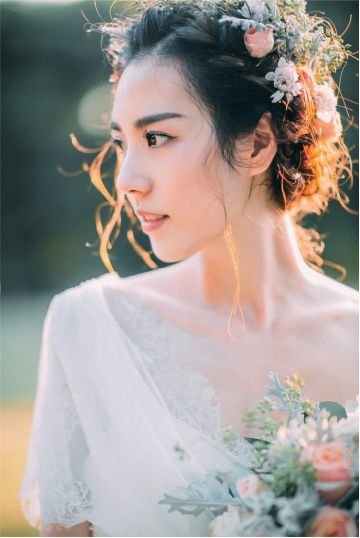
Lens: 85/1.2 Aperture: f/1.2 Shutter: 1/800 Sensitivity: ISO 250
With the overall tone and direction, the next step is to go deeper in the content of the photo, “quiet and powerful.” The picture I pursue does not need too much color and decoration, and does not need to be too gorgeous or exaggerated.
Quiet
“Quiet” here refers to the silent language in the picture, which is relative to the powerful visual impact. Specifically, there is no strong visual impact, simple and low-key.
powerful
And “powerful” refers to the ability to trigger or make viewers think about things beyond the surface of the photo. It can also be understood as attractive, simple but extraordinary, and there is a deeper meaning behind the simplicity. This visual beauty does not just stay on the surface.
What I expect is that my photos are not only about the warmth and beauty of the surface, not just the looks of the model, nor just the exquisite and beautiful shape.
What I seek is that the audience can feel the photographer’s emotions and thoughts when viewing this photo. When you see the photo, you know that it is not a photo with the shutter being pressed at will, but a carefully conceived work.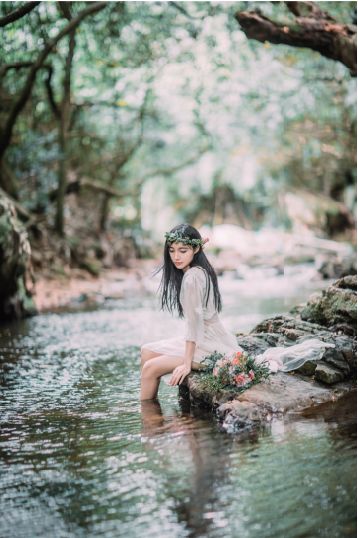
Lens: 85/1.2 Aperture: f/1.2 Shutter: 1/320 Sensitivity: ISO 400
Natural and Unpretentious
The last point, “natural and unpretentious”, this is also easy to understand, mainly refers to the state of the main character in the picture.
What proportion does the character occupy in the picture, and what kind of relationship does it have with other components in the picture? As well as the character’s shape, makeup, movements, expressions and what he or she does in the picture. I hope that these elements can express the natural and unpretentious effect.
Regarding “Naturally not pretentious”, there is another point, that is, when the audience sees this photo, they will be attracted by the content of the picture and ignore the existence of the lens. Just like when we appreciate a painting, we often do not feel the painter’s painting methods, painting skills, etc., but are first attracted by the content of the painting.
This is especially important when I take pictures. I don’t want to convey my photography skills, control ability of equipment, precision composition or some fancy photography skills through photos.
Naturally not pretentious, it is actually a feeling of long-term accumulation. In this way, when you pick up the camera, it will naturally convey the picture you want.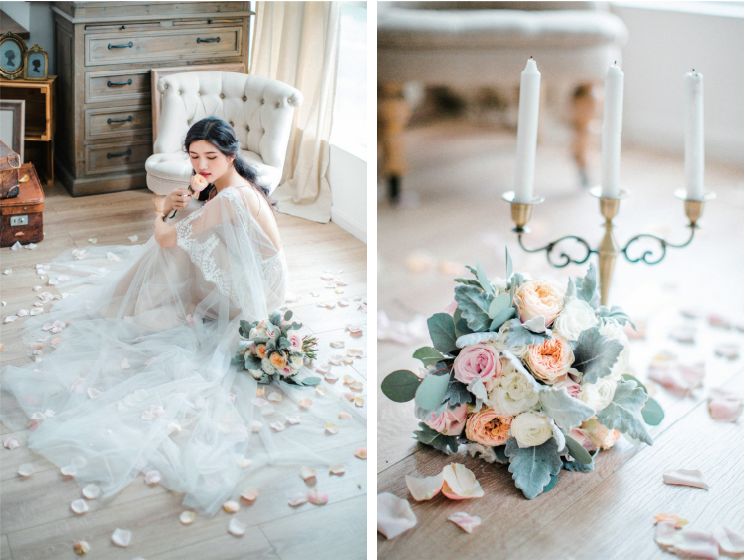
Lens: 50/1.2 Aperture: f/1.4 Shutter: 1/160 Sensitivity: ISO 640
Try a Different Composition
The various composition modes of portraits are all based on the characters. When the model is standing, the photographer is also standing, holding the camera in both hands to shoot. At this time, looking at the viewfinder frame, the view that can be taken is actually limited, so if you want to diversify the composition, you must try a variety of angles.
For example, the photographer stands higher or close to the ground, or lets the model squat down or lie down. The change of camera position and model position can make the composition more diverse. Here are a few commonly used examples.
The Character is Inverted:
There is a very interesting phenomenon. The human eye cannot recognize whether the facial features of the inverted image meet the proportion of beauty. When we see an inverted photo of a person, the facial features and facial expressions will be ignored by us. Even if the facial features of the person in the photo are not refined and the expression is unnatural, we will inadvertently ignore it.
So in theory, anyone is suitable for shooting inverted images. Occasionally, we also need to jump out of the conventional composition habits and try more shots at special angles. 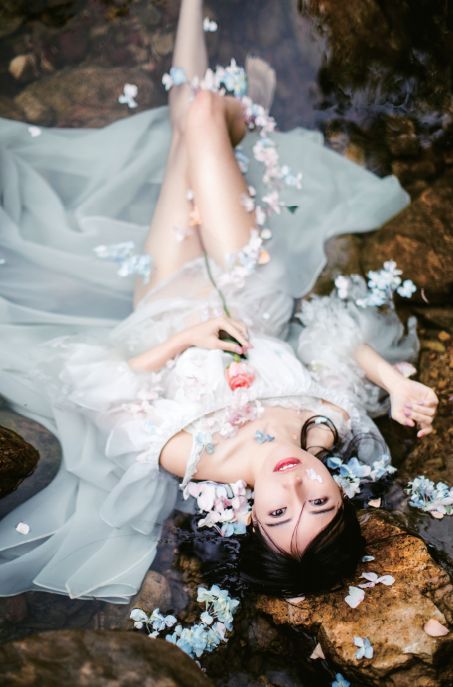
Lens: 50/1.2 Aperture: f/1.4 Shutter: 1/1000 Sensitivity: ISO 100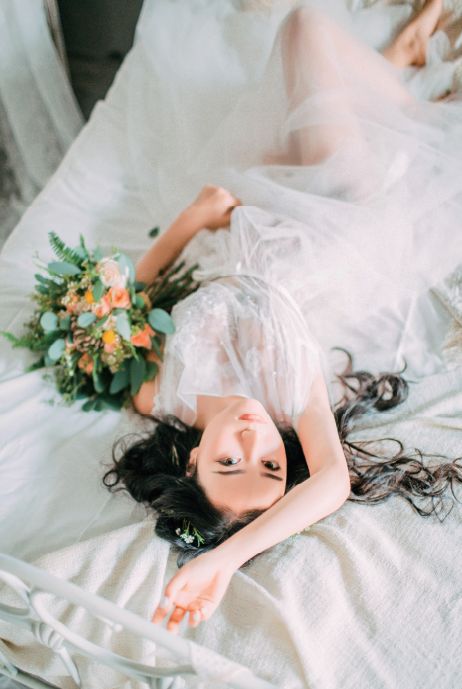
Lens: 35/1.4 Aperture: f/1.4 Shutter: 1/60 Sensitivity: ISO 500
Looking Down Close-up:
Looking down on the composition and shooting close-ups, with the help of the blur of the large aperture, the audience can focus on the eyes and blur the part outside the face. Suitable for shooting the moment when the model looks directly at the camera, the eyes and expressions are highlighted and magnified, and the red lips are also a bright spot in the picture.
The top view composition is also a composition method that can show a small face.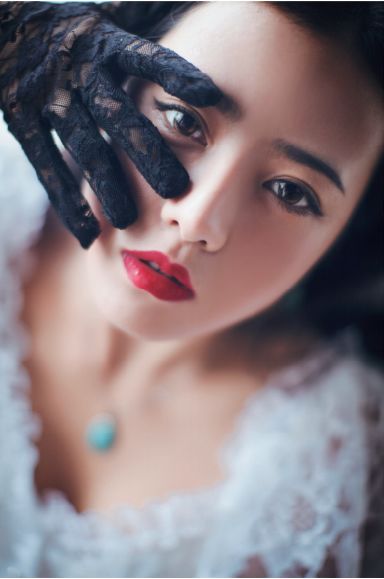
Lens: 50/1.2 Aperture: f/1.2 Shutter: 1/250 Sensitivity: ISO 250
Bottom View Composition:
Corresponding to the top view composition, the bottom view composition means that the camera is below the model’s eye level, allowing the model to stand higher or the photographer to squat down.
When shooting bottom view composition, if the model looks directly into the camera, it may feel that the face is not good-looking or the neck is not stretched enough. At this time, you can ask the model to give the camera a side face, or look into the distance, to bring a kind of extension or visual guidance to the composition. At the same time, it can also make the model’s body look more slender and stretched.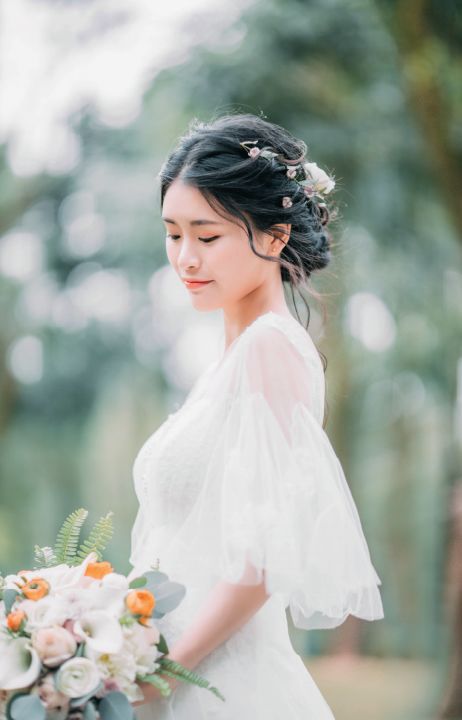
Lens: 85/1.2 Aperture: f/1.2 Shutter: 1/1600 Sensitivity: ISO 320
Partial Close-up:
Partial close-ups are a good way to convey emotions and enhance atmosphere in portrait photography. I also call it “close-up composition without eye-opening”.
In addition to the girl’s beautiful eyes and face, what else can be photographed? In fact, there are many more. Such as fingertips, collarbone, hair, lips, back, etc.
There are no eyes to convey emotions, and the emotional conveyance of partial close-ups relies more on body language. Catch the soft light and some small movements of the girl, or with the help of small props and trinkets, you can take very beautiful partial close-ups. These partial close-up details are often easier to bring the audience into the mood.
In the next shot, you can also try to take some beautiful and delicate small details of the situation. It should be noted that even if you only shoot a part, this part still belongs to the character as a whole, so don’t look at it separately.
For example, to take a good-looking hand, the whole body should be comfortable and relaxed, and the expression should be soft. If only the back of the model is photographed, the limbs also need to be stretched out. 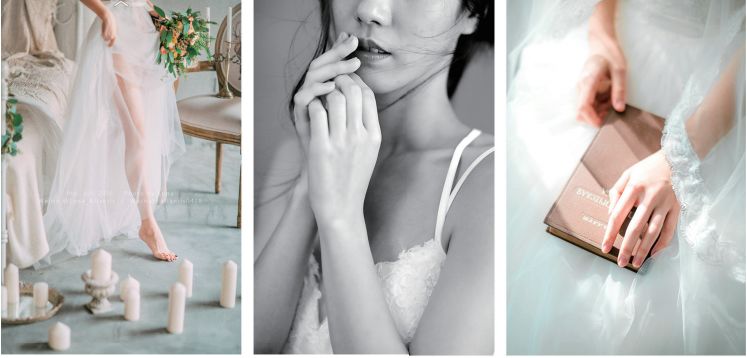
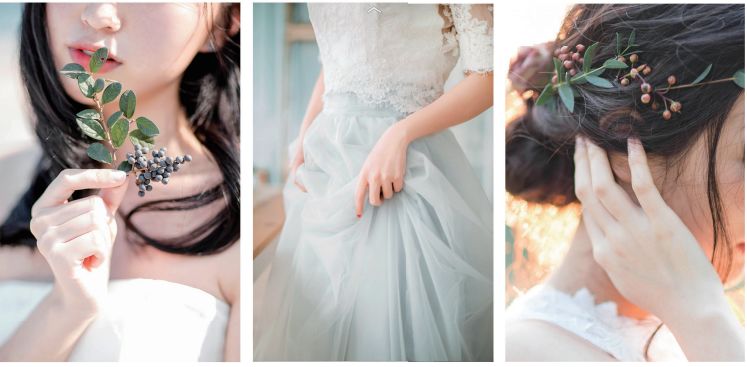
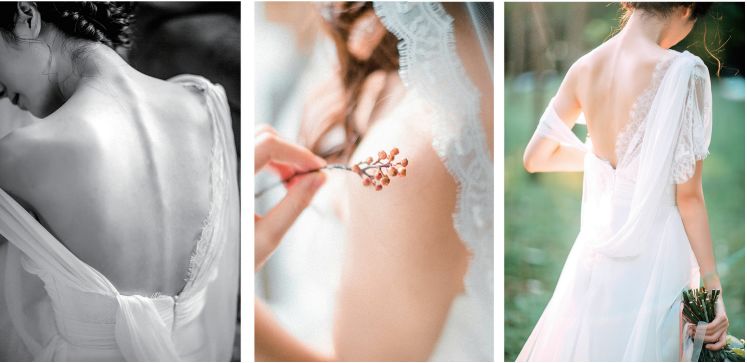
Lens: 85/1.2 Aperture: f/1.8 Shutter: 1/800 Sensitivity: ISO 200
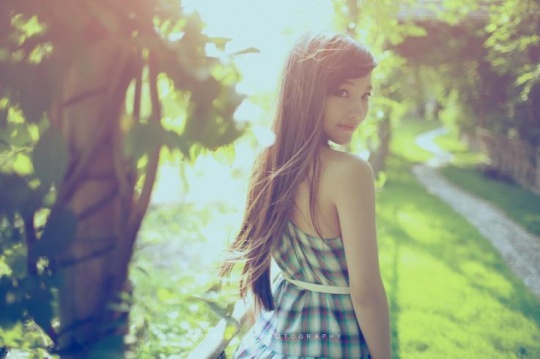
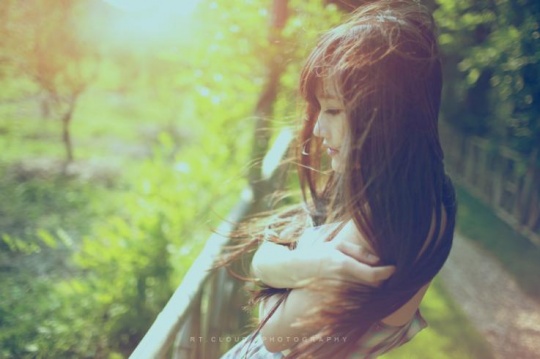
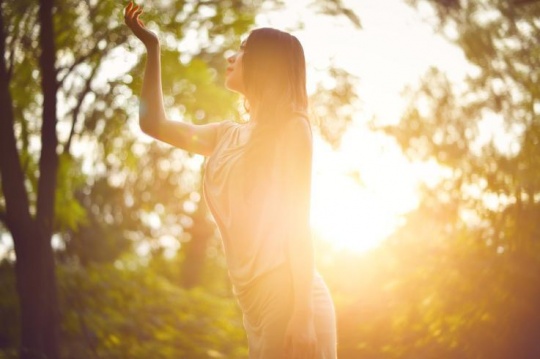
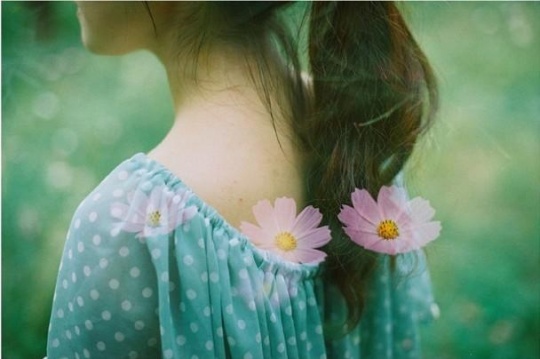
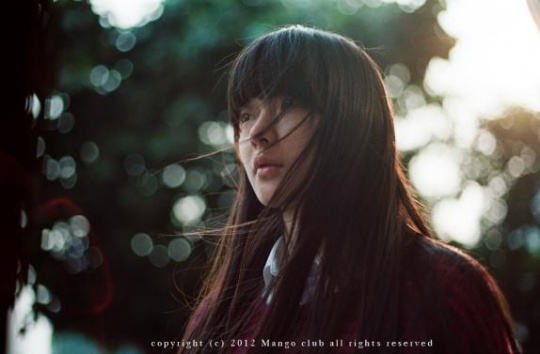
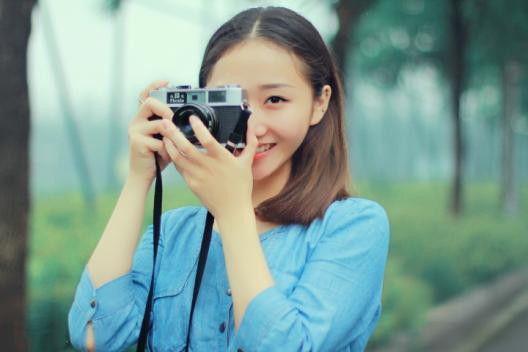
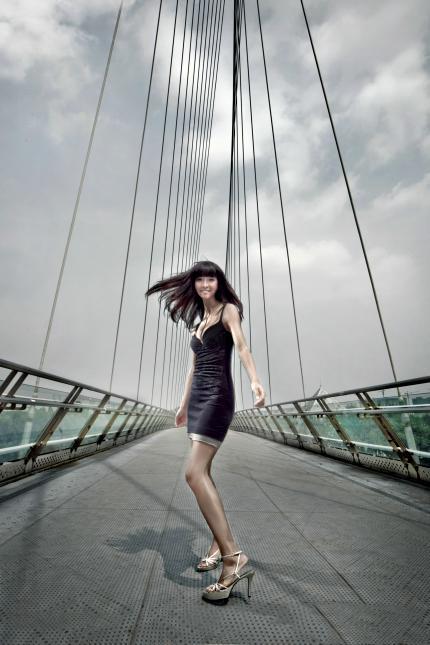
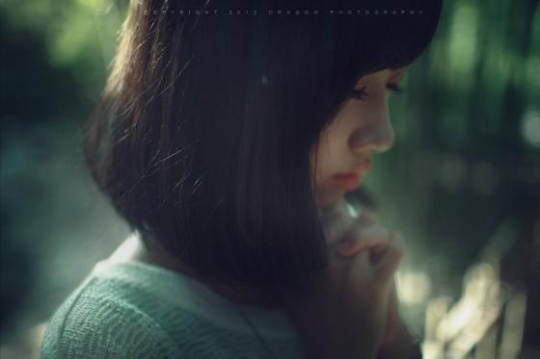
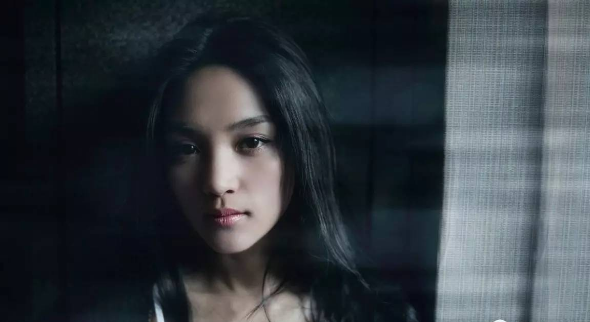

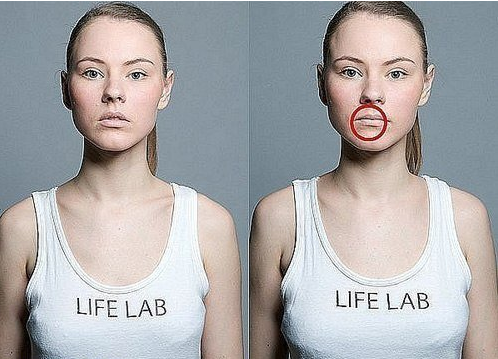
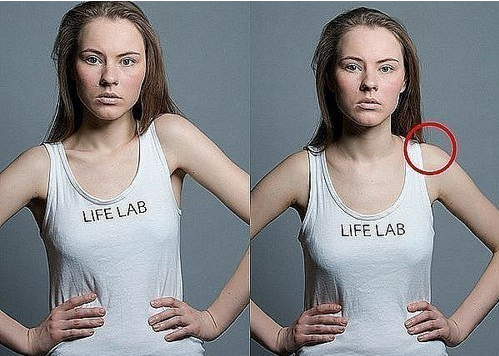
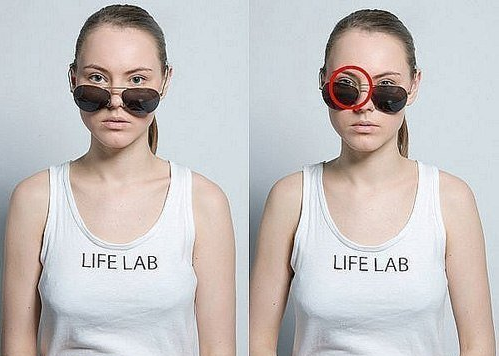
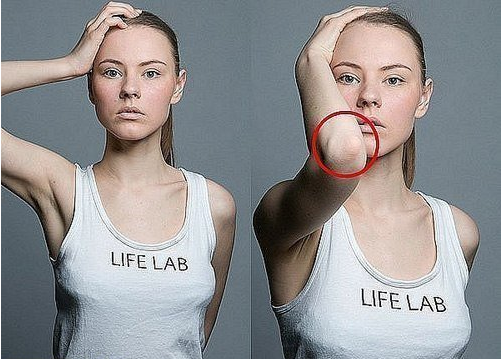
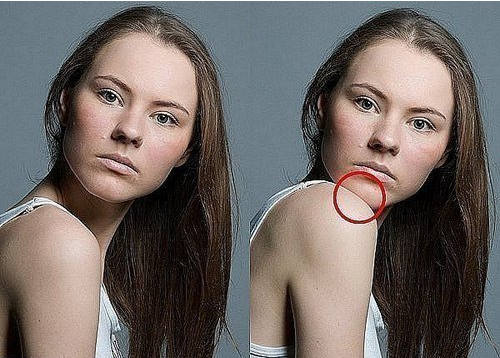
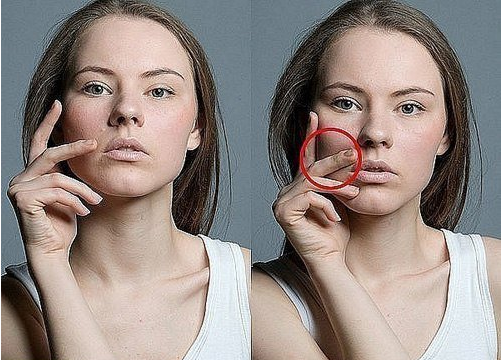
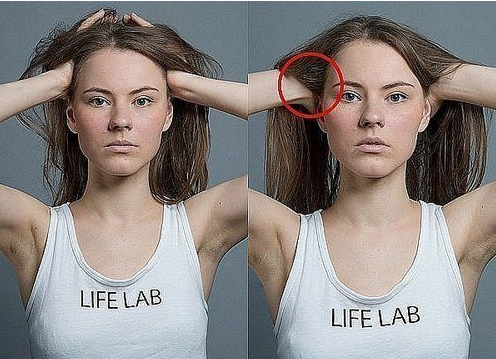
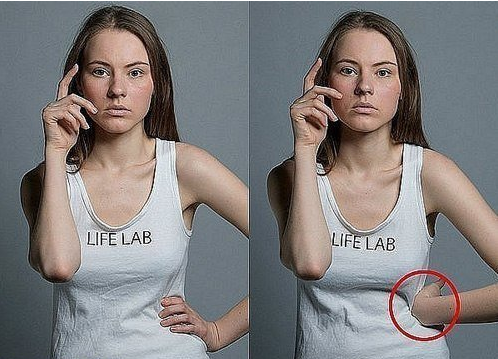
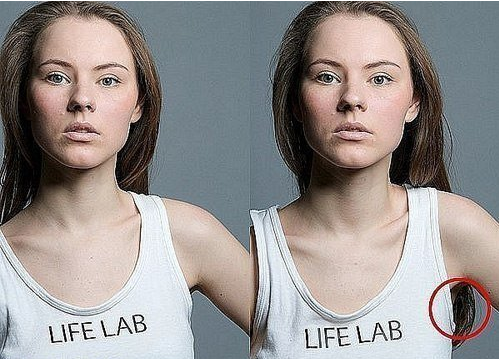
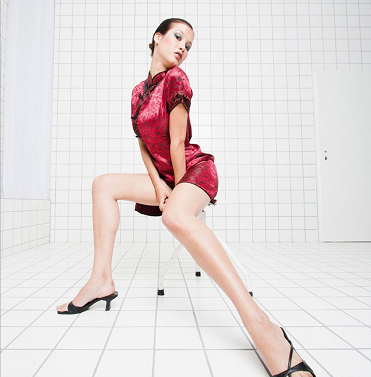
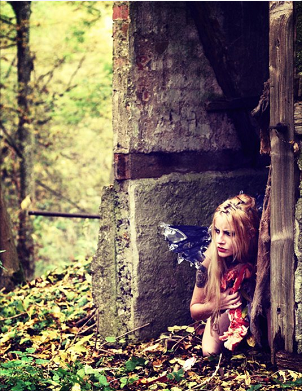
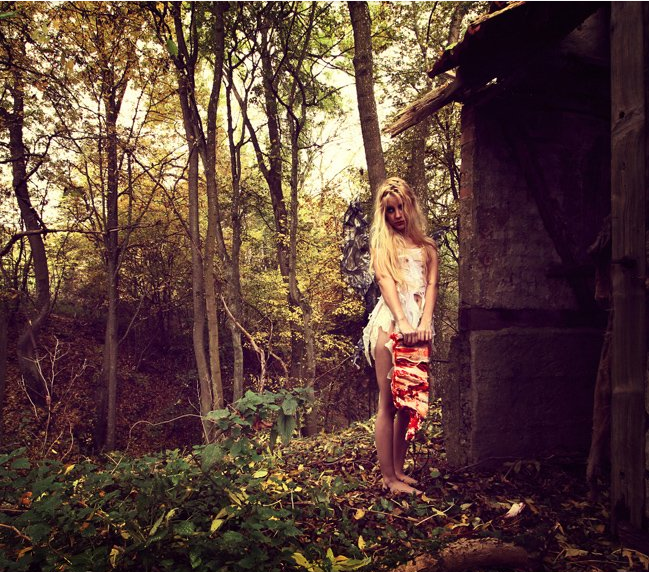
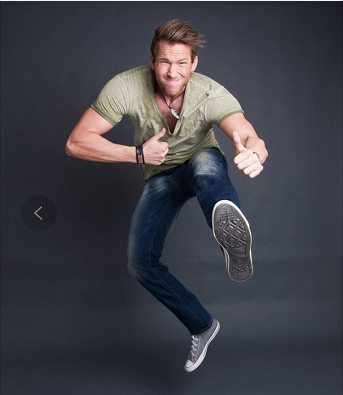
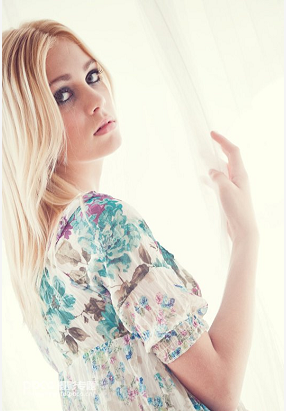
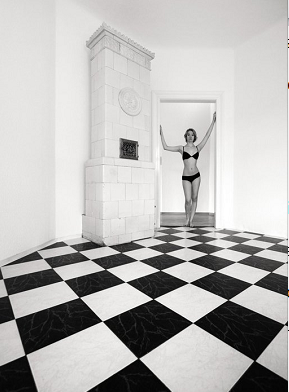
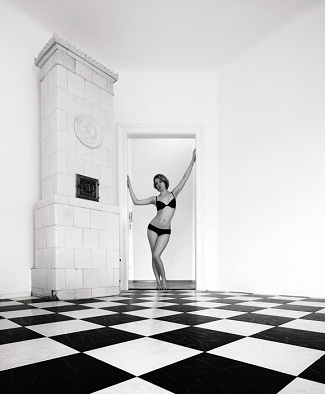
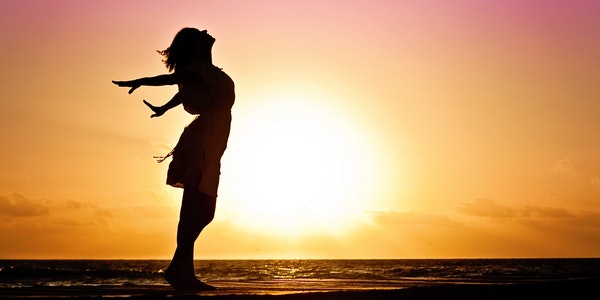
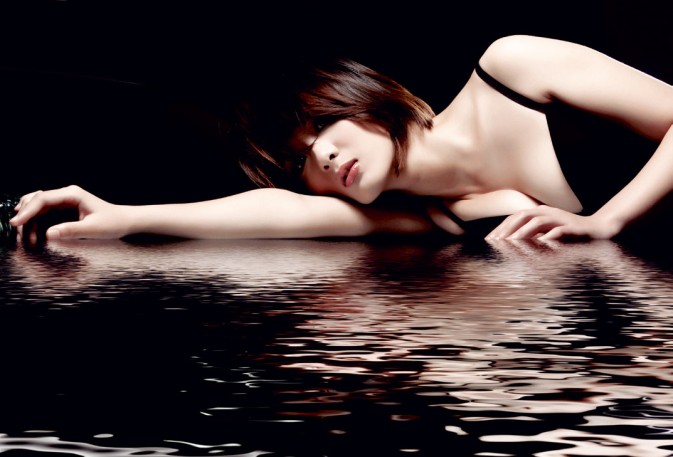
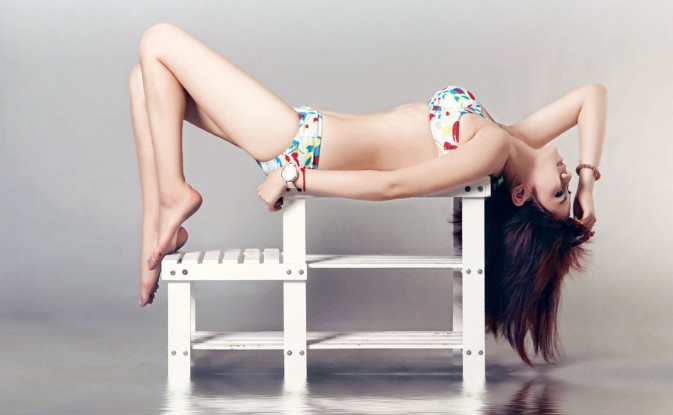
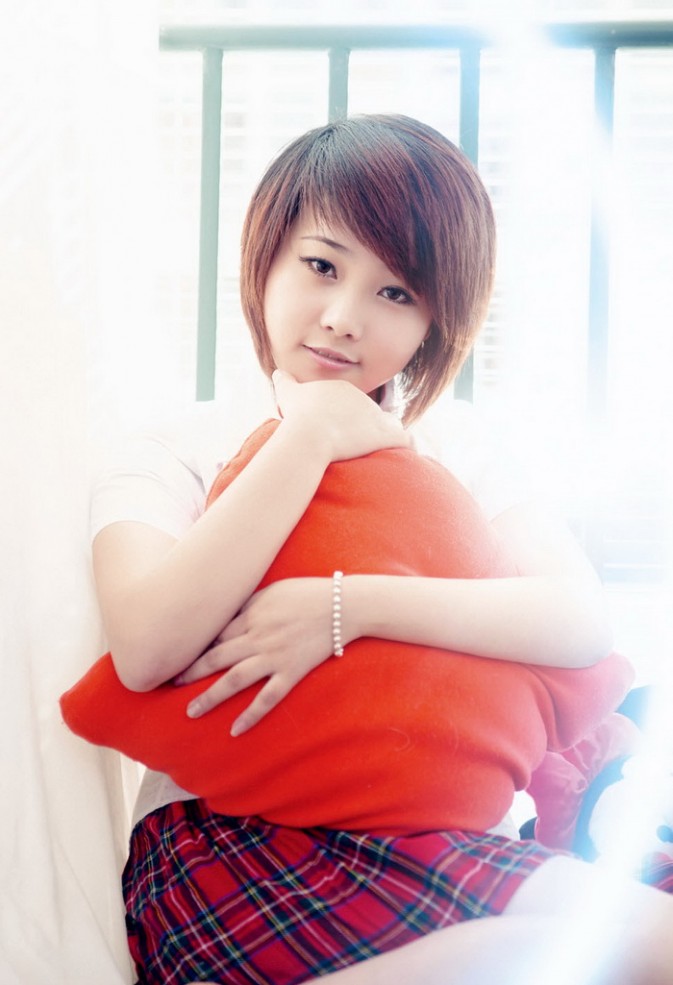
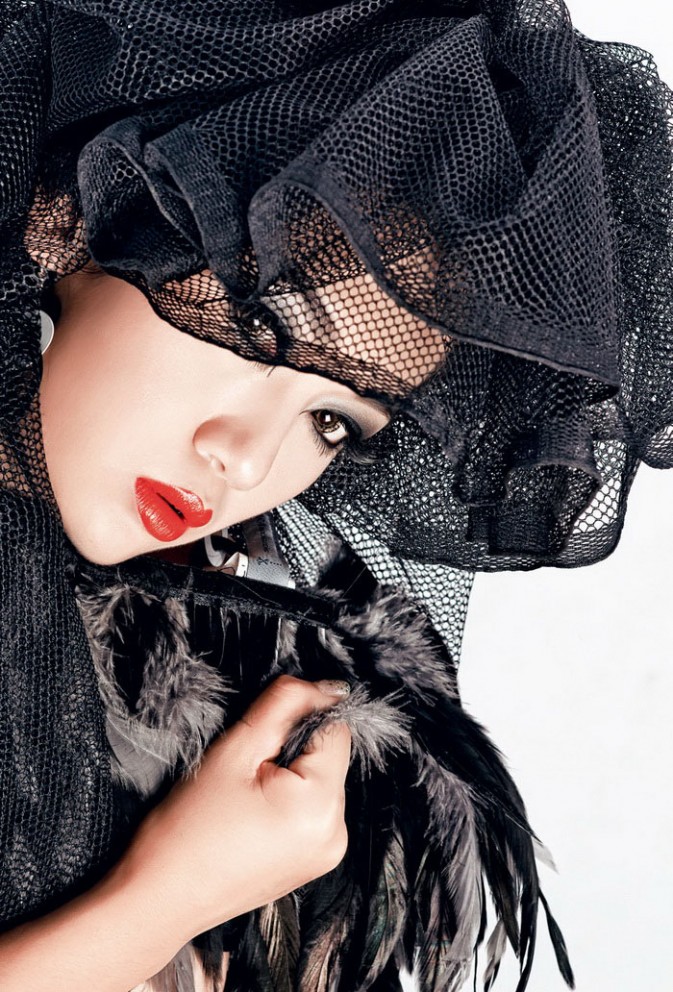
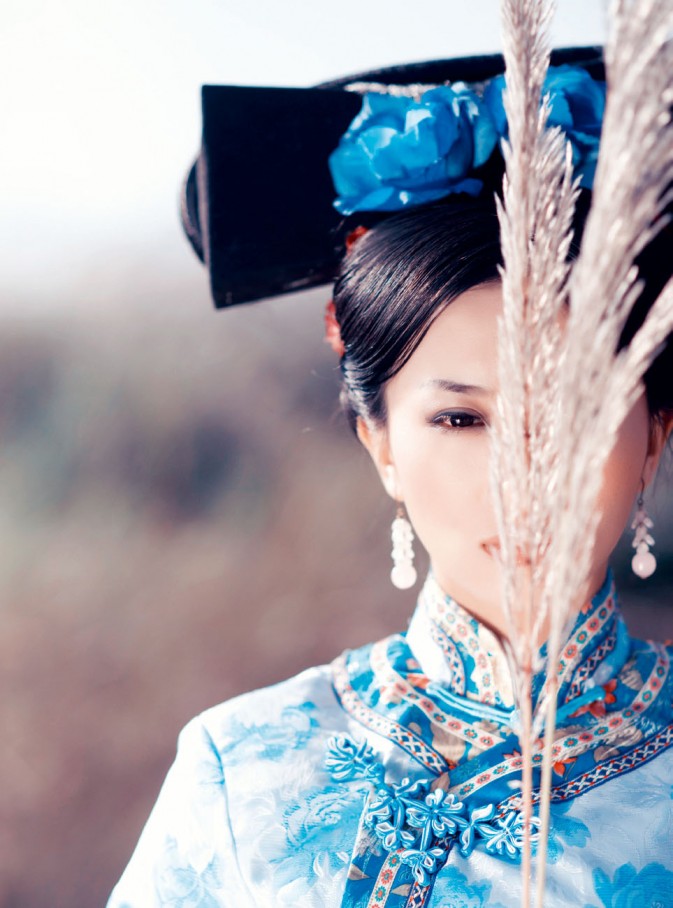
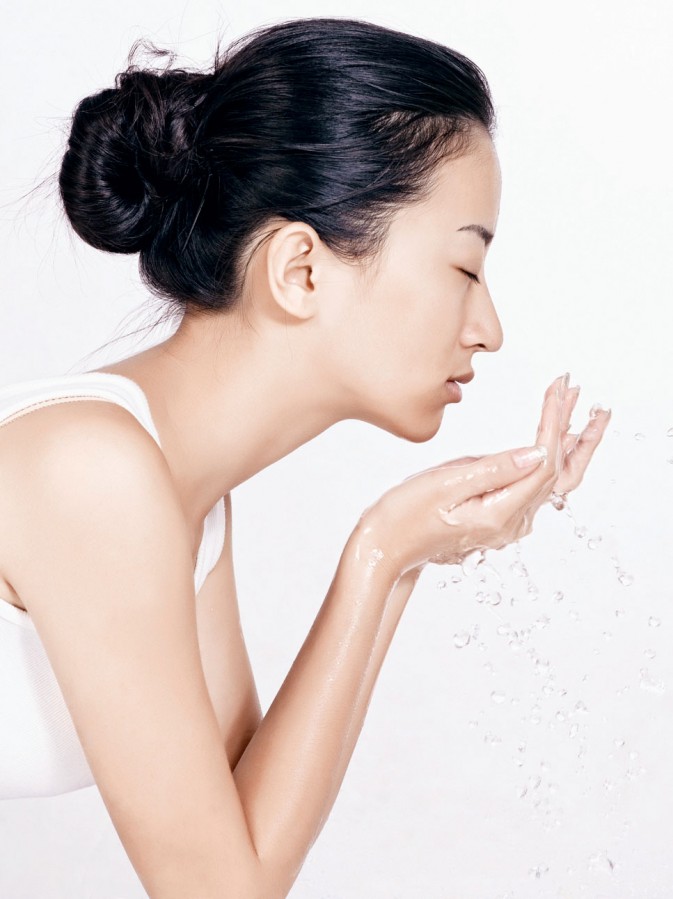










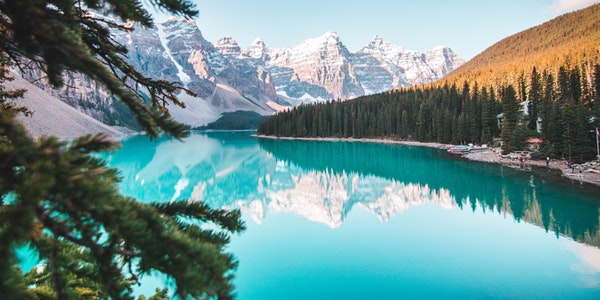


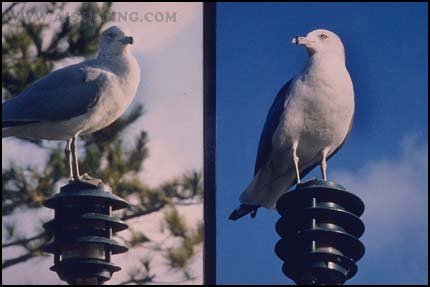
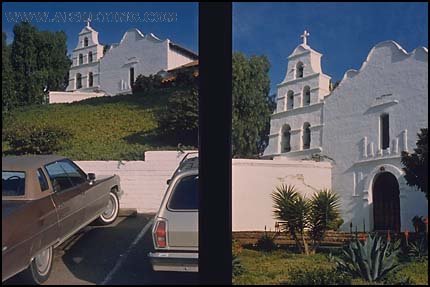
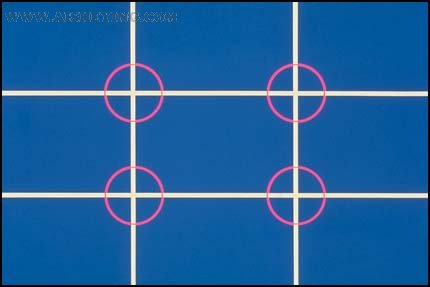
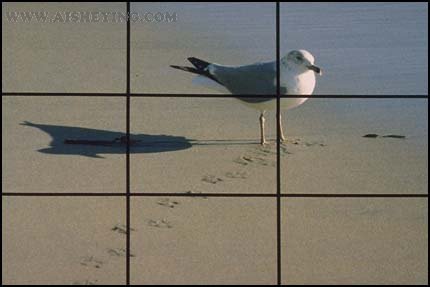
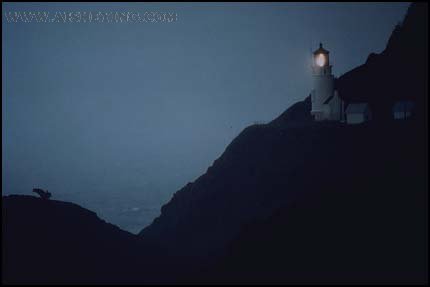
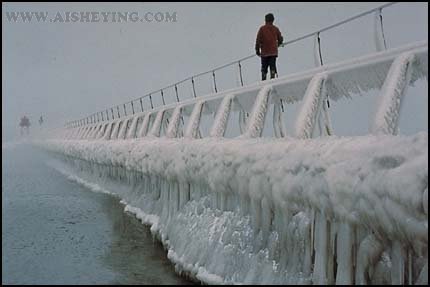
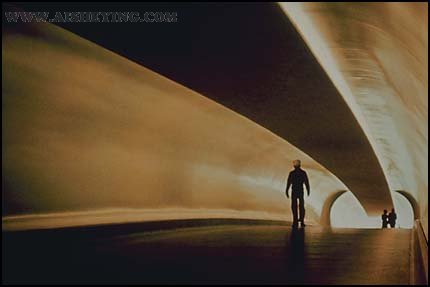
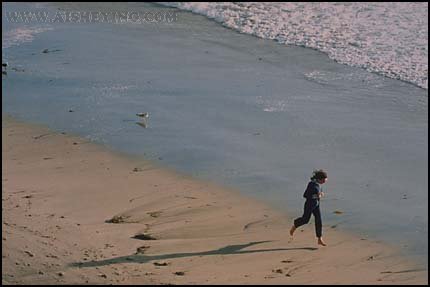
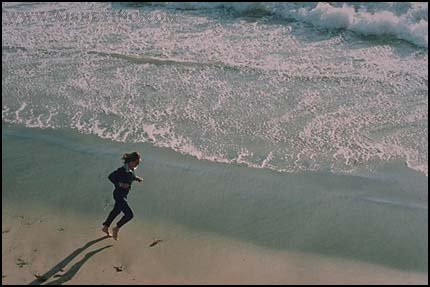
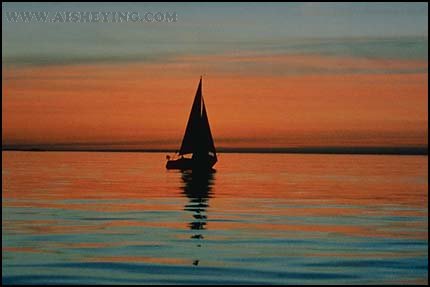
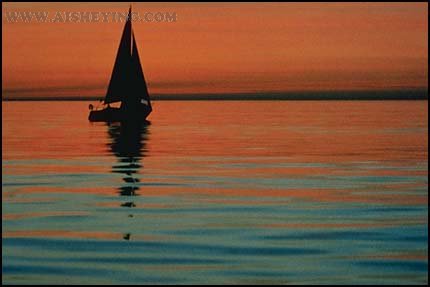
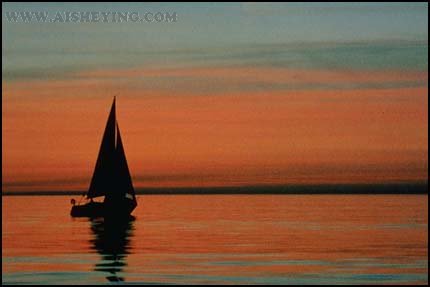
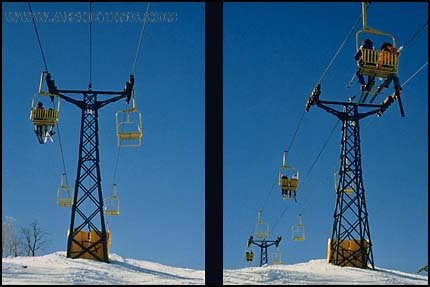
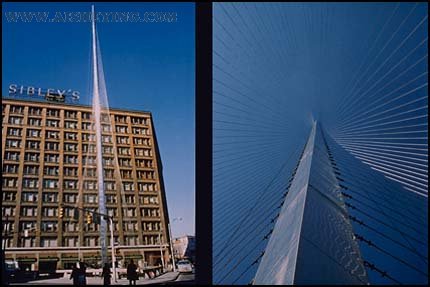
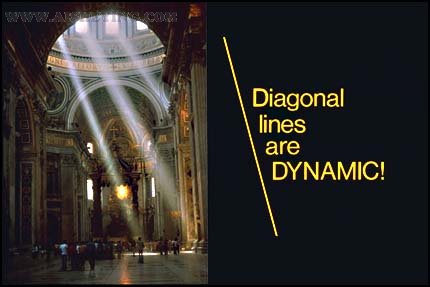
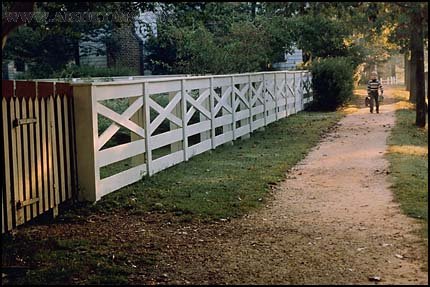
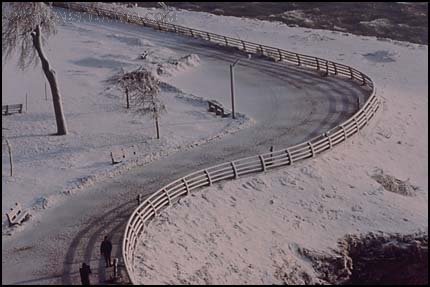
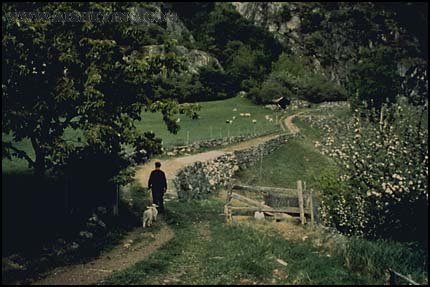
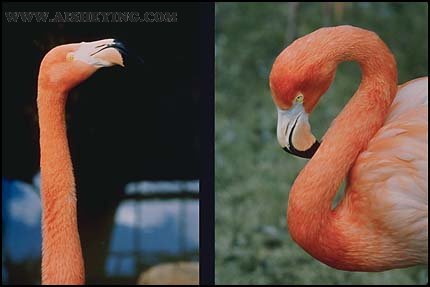
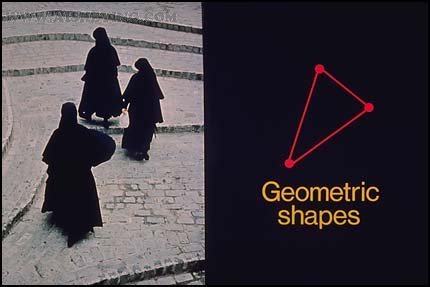
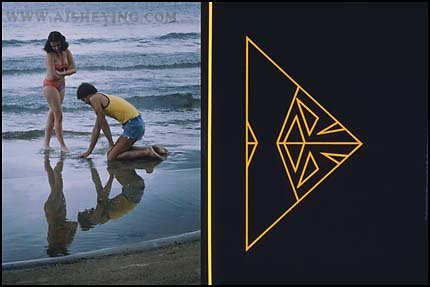
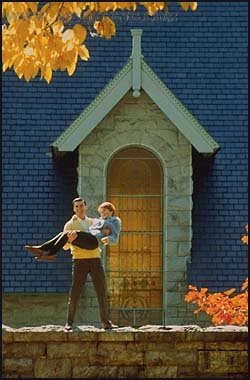
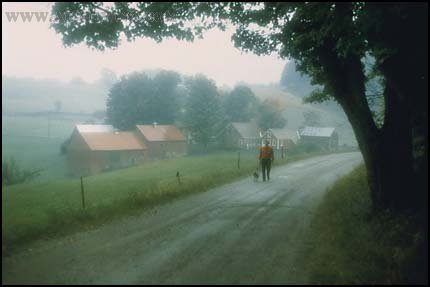
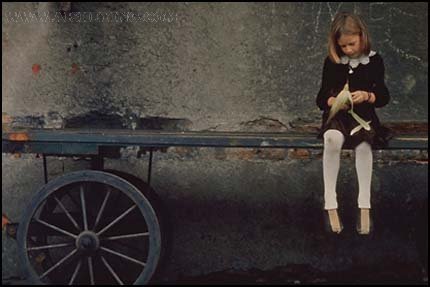
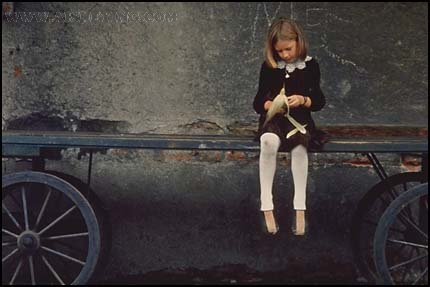
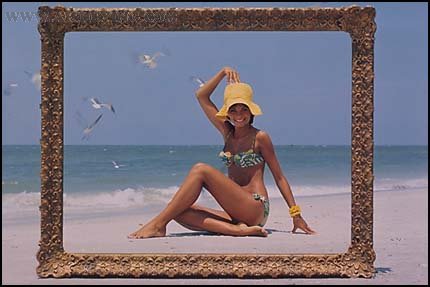

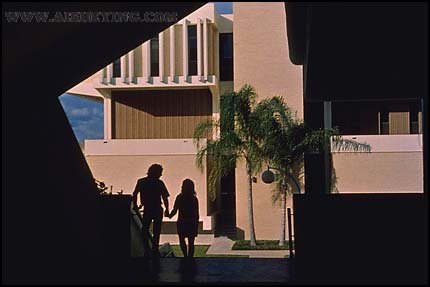
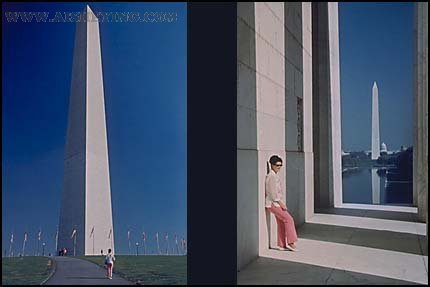
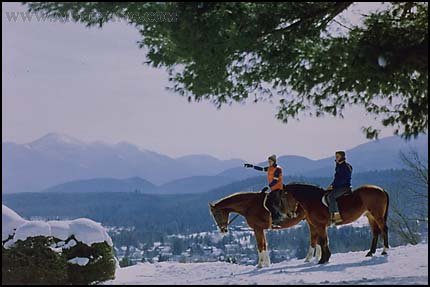
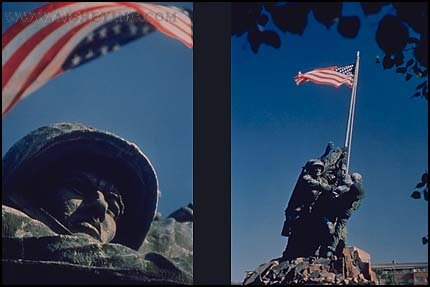
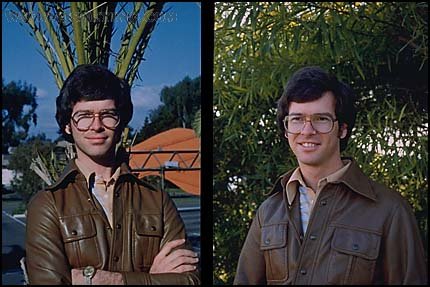
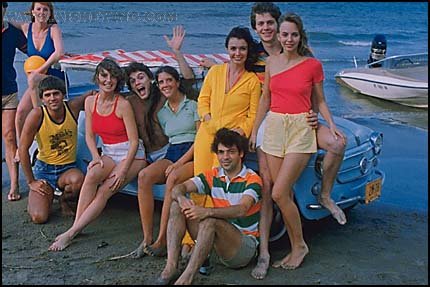
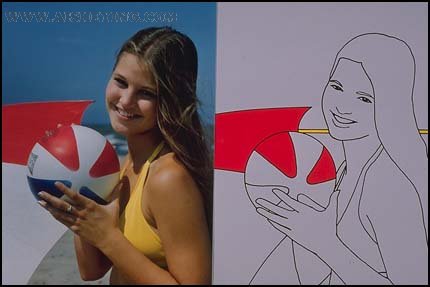
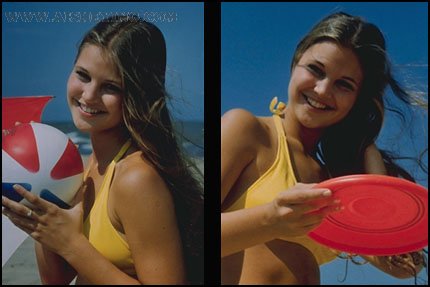
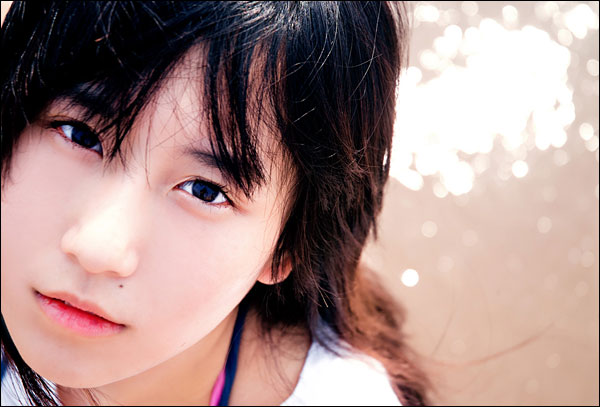
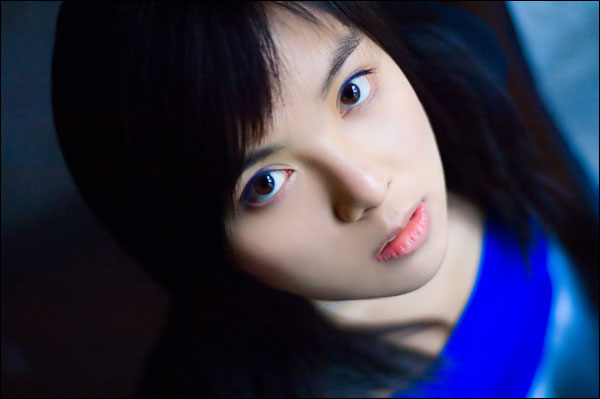
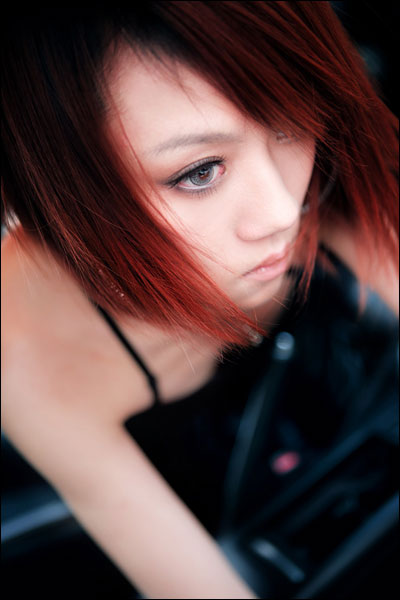
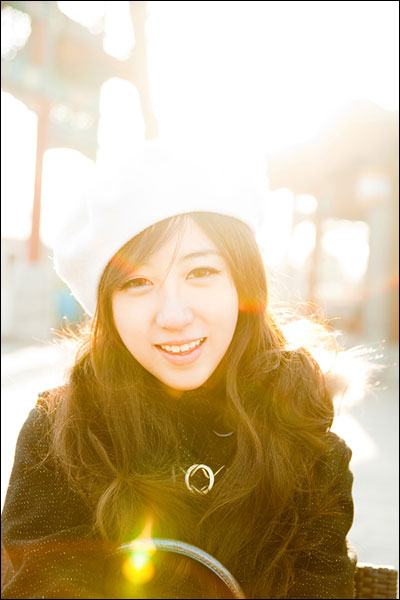
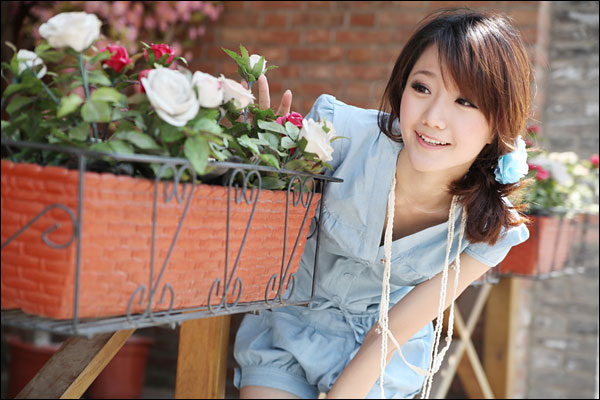
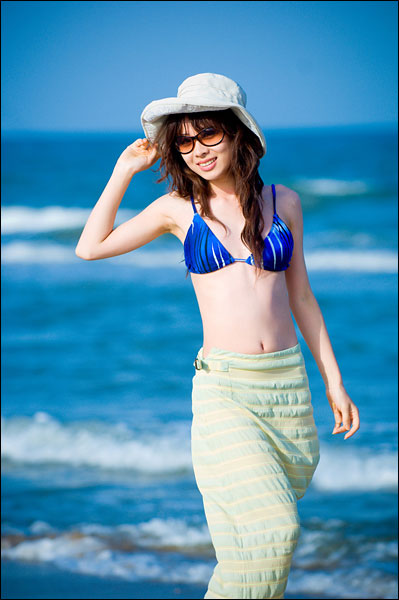
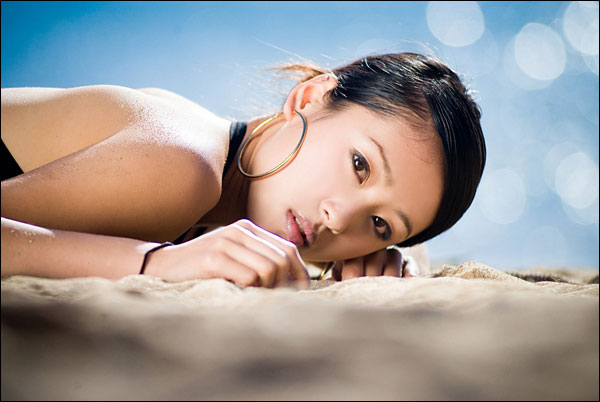
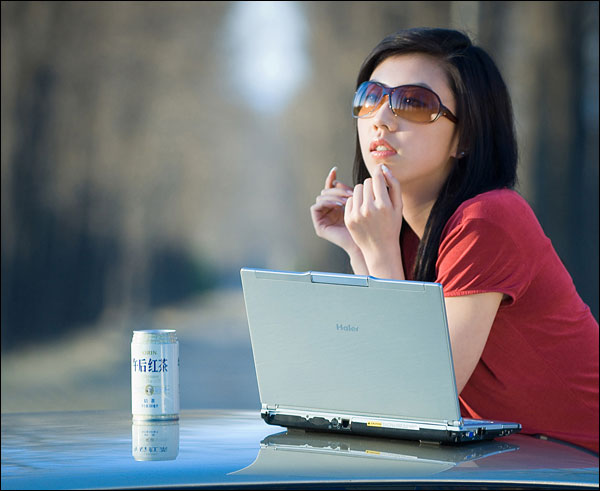
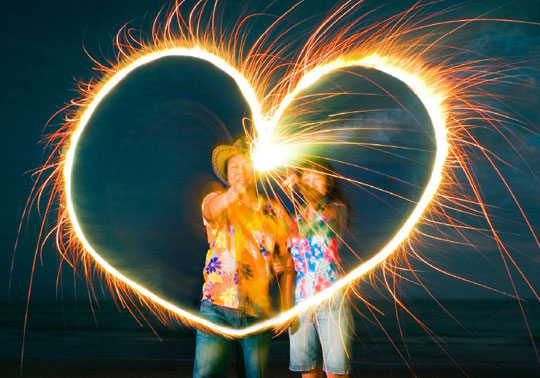 Slow trajectory
Slow trajectory